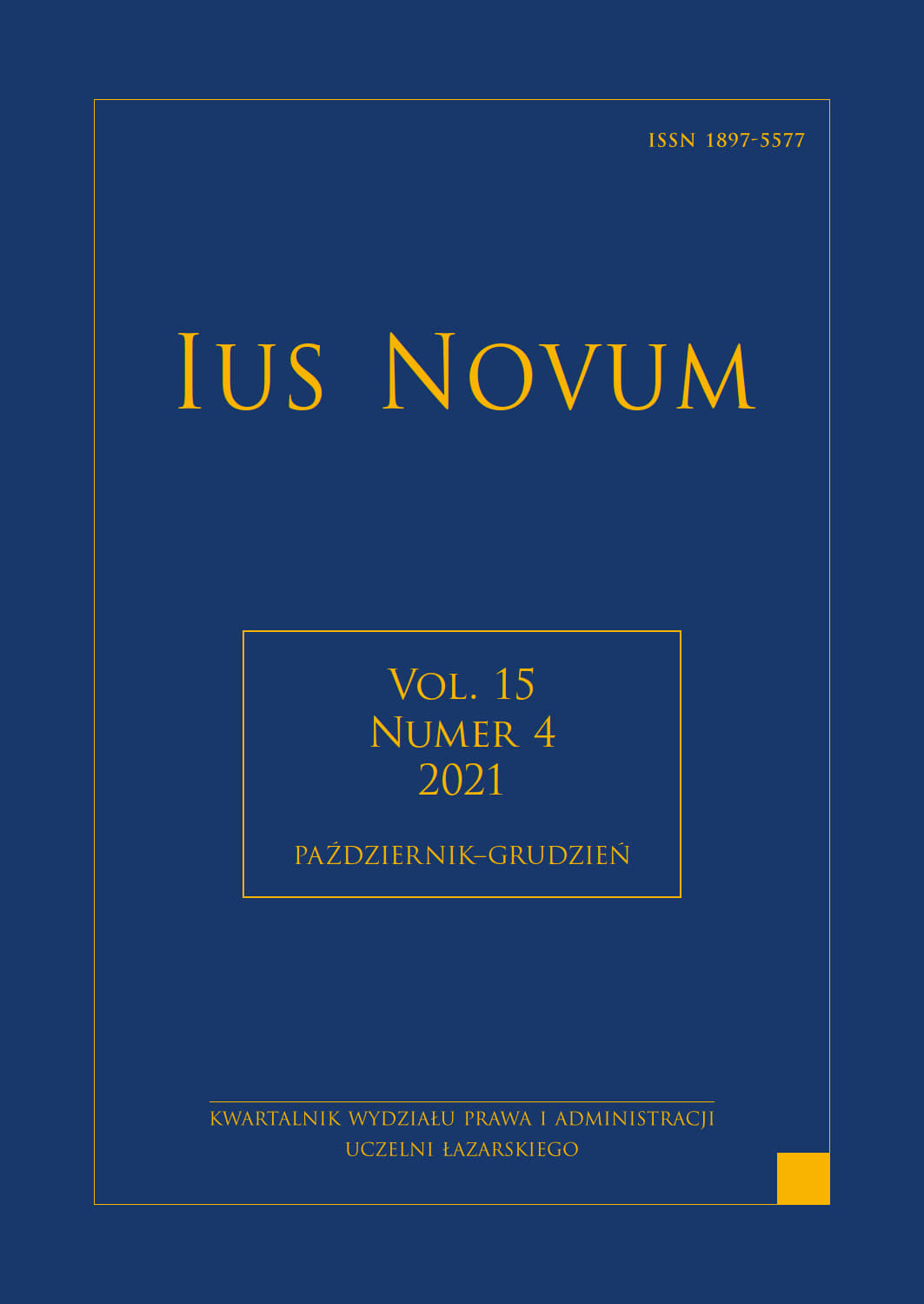Abstract
The non-detectability of crimes is a big problem for maintaining public order, and by reviewing scientific reports on this subject it seems that this problem can even be considered ‘shameful’. For this reason, we undertook in this study an assessment of this forensic phenomenon adapting modern geostatistical methods. This study uses all reported incidences of crimes to the Opole Provincial Police Headquarters committed in the Opole region over a five year period 2015–2019. Spatio-temporal patterns of undetected crime rates were built. Their annual five-year growth rates are based on the reference population using hierarchical Bayesian modeling. The combinations of these levels were compared with the odds of detected to undetected crime numbers. The statistical analysis was extended with square area and crude rates of the reported crime statistics per reference population. We found that the degree of crime detection is directly related to the reference population size which may also suggest the validity of a detailed analysis in terms of adjusting the appropriate staffing of police personnel in administrative units. Furthermore, the influence of the area of administrative territories on the number of undetected crimes was also evident. Additionally, overall reported crime rates and the fluctuations in time within territorial units themselves implicated more important changes in criminal statistics than the differences between them and were established using unsolved crime statistics only. The use of Bayesian methods (despite the fact that they are statistically advanced, is simple in a computer application) allows for the unfolding of geostatistical data (regardless of the type) and new possibilities of scientific inference. All these statistical results are quite easy to achieve with the current programming technique, nevertheless they require the cooperation of interested professional forensic and statistical bodies and further scientific explanations. Finally, it is worth emphasizing that Bayesian methods allow brand-new cognitive horizons to be opened in forensic research.
References
Bailey T., An Introduction to Spatial and Spatio-Temporal Modelling of Small Area Disease Rates, Short course presented at Faculdade de Ciências Médicas, UNICAMP, Campinas, Brazil, 8–10 April, 2008, School of Engineering, Computing and Mathematics, Exeter 2008, UK.
Baranowski A., Burkhardt A., Czernik E., Hecht H., The CSI-education Effect: Do Potential Criminals Benefit From Forensic TV Series?, International Journal of Law, Crime, and Justice2017, 52.
Congdon P., Applied Bayesian Modelling, Chichester 2003.
Cornish D., Clarke R., The Reasoning Criminal: Rational Choice Perspectives on Offending, New York 1986.
Crime and Justice News, Most murders go unsolved in many cities, The Crime Report, John Jay College of Criminal Justice, 2017, https://thecrimereport.org/2017/08/16/most-murders--go-unsolved-in-many-cities/.
Crofts P., Researching the Link Between Gambling and Crime, Paper presented at the Evaluation in Crime and Justice: Trends and Methods Conference convened by the Australian Institute of Criminology in conjunction with the Australian Bureau of Statistics and held in Canberra, 24–25 March 2003, University of Technology, Sydney 2003.
Feinstein J., Detection Controlled Estimation, The Journal of Law & Economics 1990, 33 (1).
Gramlich J., Most Violent and Property Crimes in the U.S. Go Unsolved, Pew Research Center, 2017, https://www.pewresearch.org/facttank/2017/03/01/most-violent-and-property-crimes-in-the-u-s-go-unsolved/.
Higgins T., The Crime Costs of California, Journal of Research in Crime and Delinquency 1977, 14.
Hupp J., Crimes Against Older Adults: Perspectives of Student and Police Detectives, A Thesis Sub-mitted to the Faculty of Miami University in partial fulfillment of the requirements for the degree of Master of Gerontological Studies Department of Sociology and Gerontology, Miami University, Oxford 2006, OH, USA.
Jaitman L., Anauati V., The Dark Figure of Crime in Latin America and the Caribbean, Journal of Economics, Race, and Policy 2020, 3.
Kumar M., Borbor J., Urban Crime: A Sociological Study of Johat Town, IOSR Journal of Huma-nities and Social Science 2018, 23 (4).
McCall C., More Than Half of Crimes on Scotland’s Railways Go Undetected. The Scotsman, 2019, https://www.scotsman.com/news/transport/more-halfcrimes-scotlands-railways-go--undetected-1414683.
Neutze J., Grundmann D., Scherner G. et al., Undetected and Detected Child Sexual Abuse and Child Pornography Offenders, International Journal of Law and Psychiatry 2012, 35 (3).
Spiegelhalter D., Thomas A., Best N., Lunn D., WinBUGS Version 1.4.3, Medical Research Coun-cil-Biostatistics Unit, Cambridge 2004, UK.
Sweeten G., Scaling Criminal Offending, Journal of Quantitative Criminology 2012, 28 (3).
